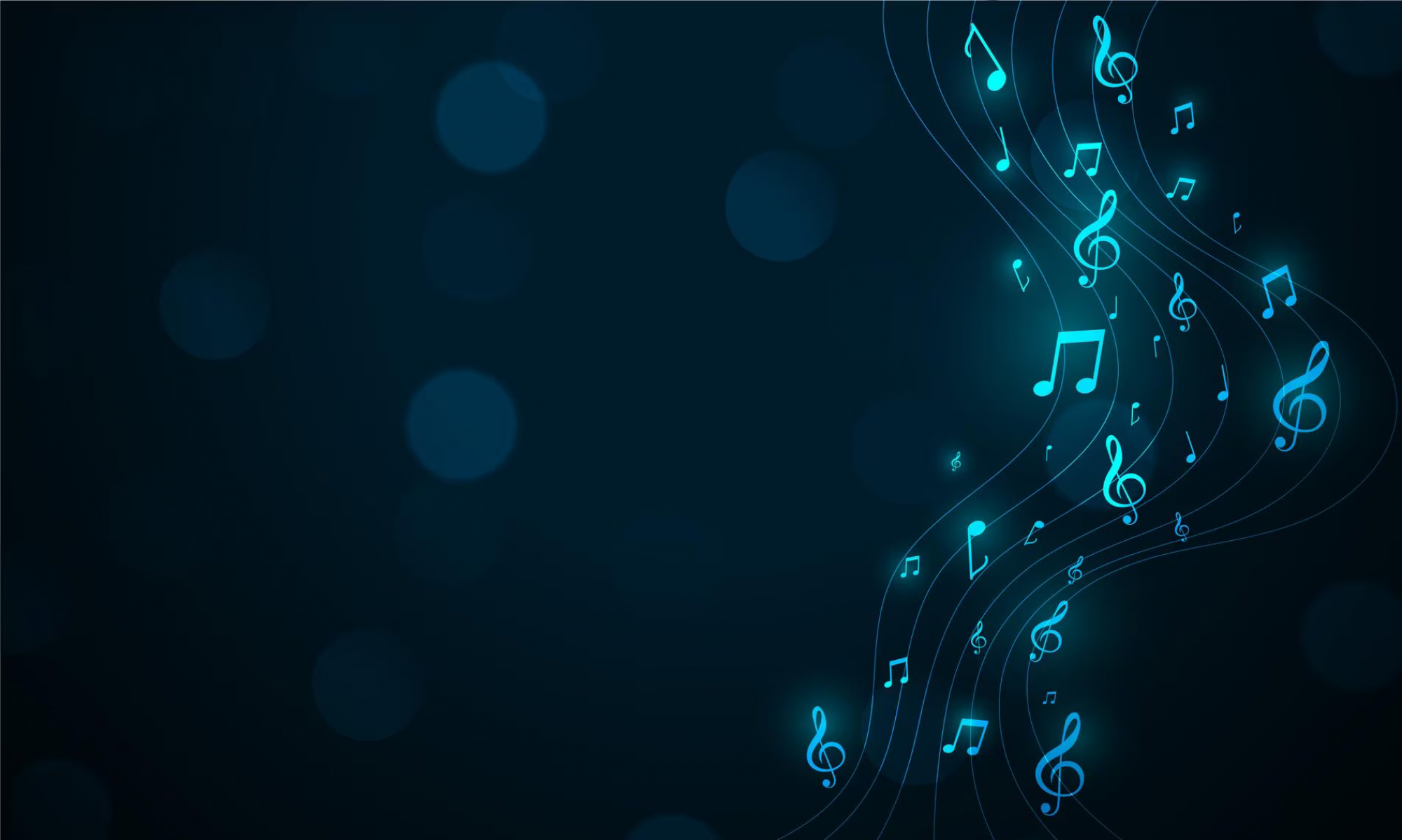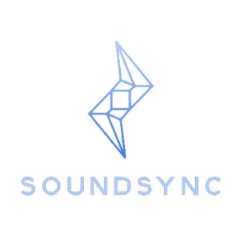We successfully registered and connected the Google Board to CMU_SECURE Wi-Fi, cloned the pycoral Github repository, and ran these tutorials on the board. We ran an inference on the Edge TPU using TensorFlow Lite, which gives us a good starting point to perform more machine learning data processing in the future.
For the audio component, a challenge we overcame was reading in audio from the headphone jack. We connected the lapel microphone onto the Google Board and used it to read in voice commands as a first step to test microphone connection and processing capabilities. Having this connection is vital and failure to extract this audio data could jeopardize the entire project. This is because it has been proved that page flipping can be done with just audio and just eye-tracking would not be reliable enough. Therefore, we will continue to ensure that the microphone stays connected at all times while still being comfortable for the player. A backup will be to use the microphone on the google board, even though the sound quality is likely to be significantly worse. This way, the system will never have no audio input which would lead to the system completely failing.
No changes have been made to the design or the schedule.

